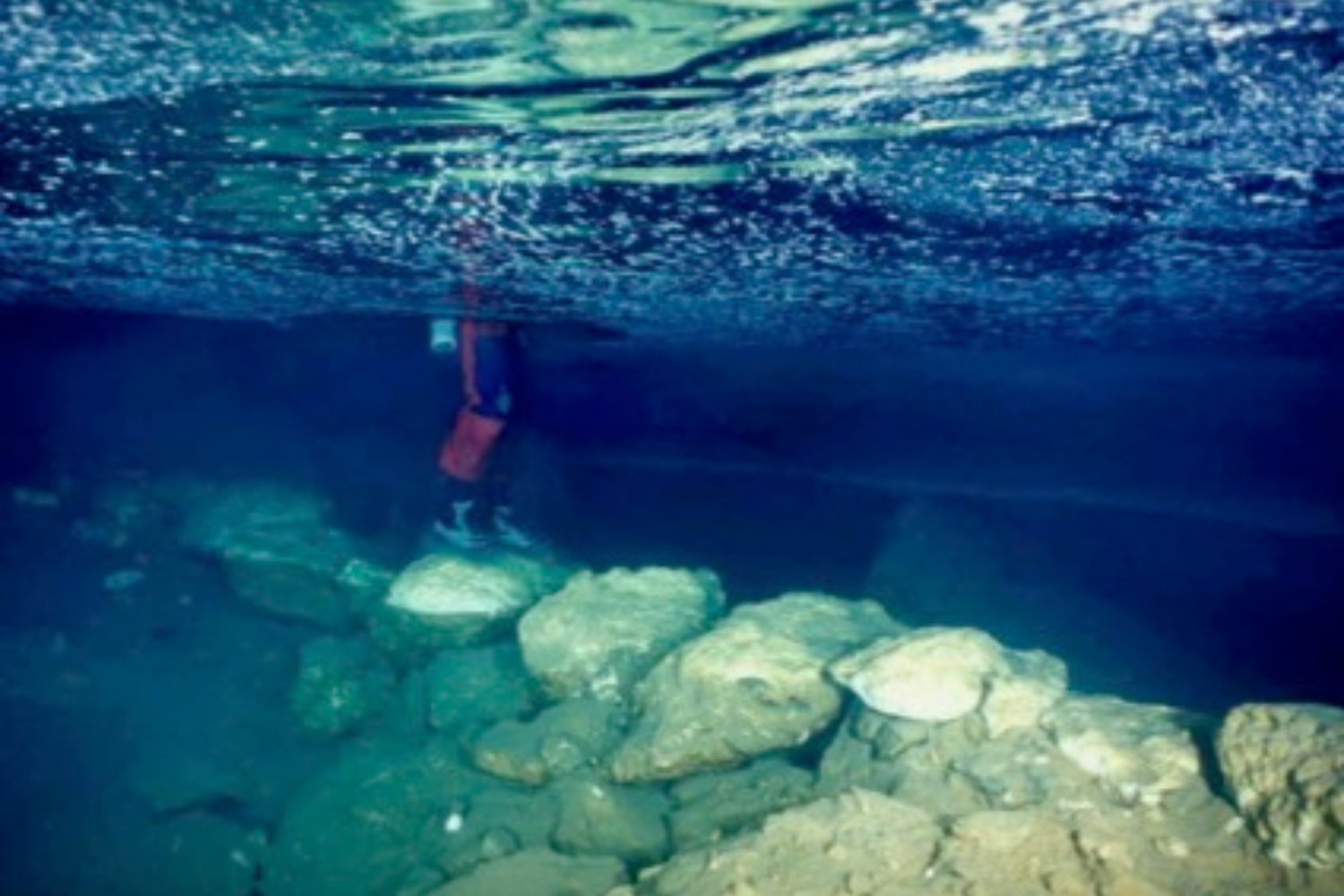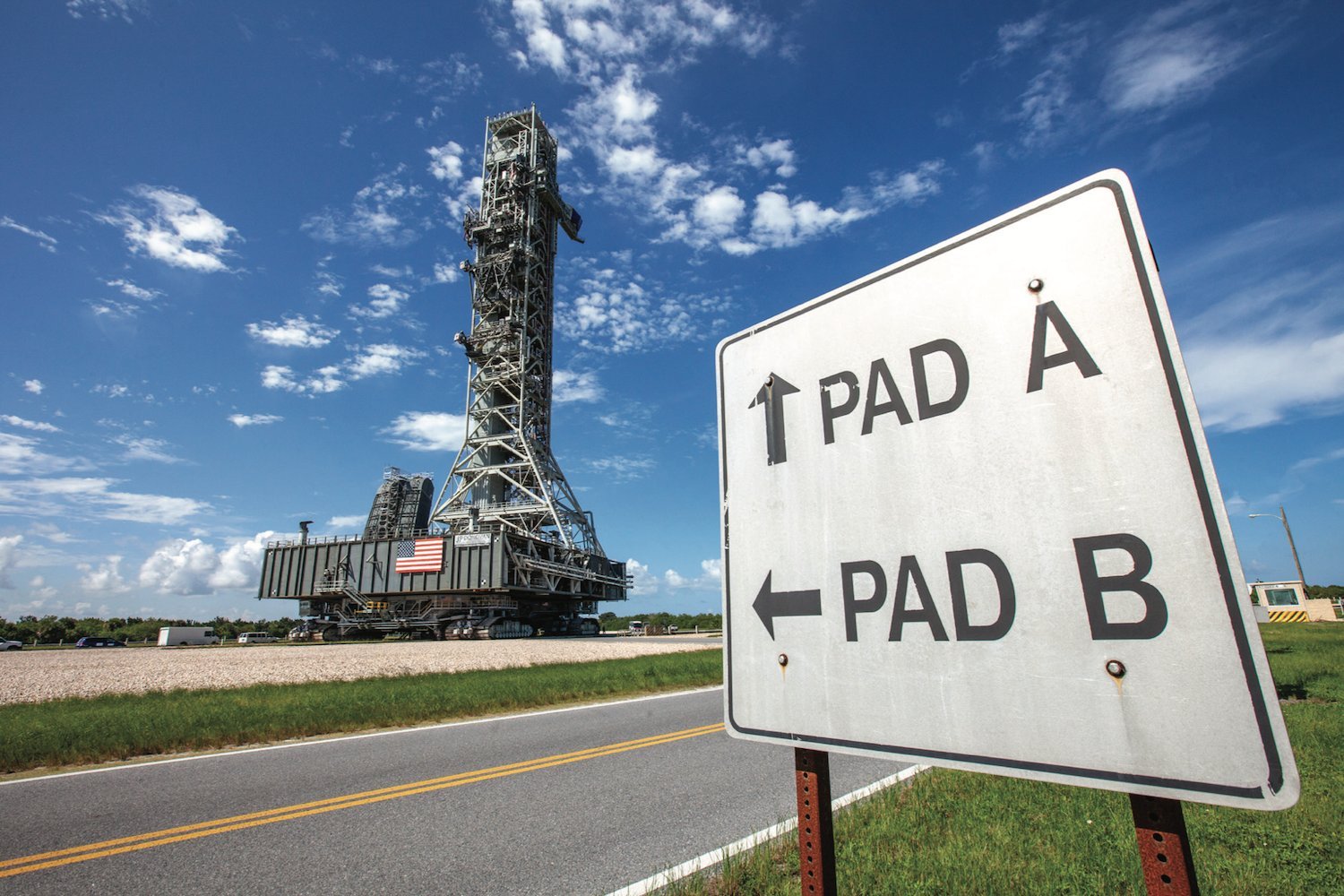Researchers have pushed back the timeline of migration into Mallorca based on the age of a submerged rock bridge found in a cave on the island.
The 25-foot-long (7.62-meter-long) bridge is about 6,000 years old, the team posited in a recent paper, pushing back recent estimates of human settlement to roughly 4,400 years ago. The team’s research was published today in Communications Earth & Environment.
“The presence of this submerged bridge and other artifacts indicates a sophisticated level of activity, implying that early settlers recognized the cave’s water resources and strategically built infrastructure to navigate it,” Onac said in a University of South Florida release.
The younger dates, Onac said, were derived from animal bones and pottery found in the far chamber of Genovesa Cave, on the west side of Mallorca. In its recent paper, the team dated overgrowths on speleothems in the cave, which grow exactly at sea level. Using those dates, the team was able to precisely reconstruct the water levels in the cave, revealing approximately when the bridge was constructed.
The bridge is made of limestone blocks and connects two elevated chambers in the cave. But the bridge is not the only human construction in the cave. There is also an ancient stone path at the cave’s mouth that leads down to the underwater lake.
In a phone interview, Onac told Gizmodo that the water level in the cave had rapidly risen in the last century, and will continue to rise due to climate change and glacial melt.
The exact purpose of the cave remains unclear—whether it was used for ritual purposes, for example, or shelter—but the team’s goal in the recent paper was not interpretation of its use. They simply wanted to catalogue the water levels in the cave over the last 180,000 years or so, and catalogue them they did.
The research is an interesting case study of how researchers can pin down the timelines of human migration. When early modern humans moved to island environments, they altered the natural conditions around them. In the cave, the only human artifacts are poorly preserved pottery, so the recent team had the bright idea of dating mineral overgrowths in the cave.
Just last week, a different team found that humans may have arrived on an island in the South Pacific earlier than previously believed, based on the dating of tree resin that had been altered by humans, perhaps in order to burn it for fuel.











Leave a Reply